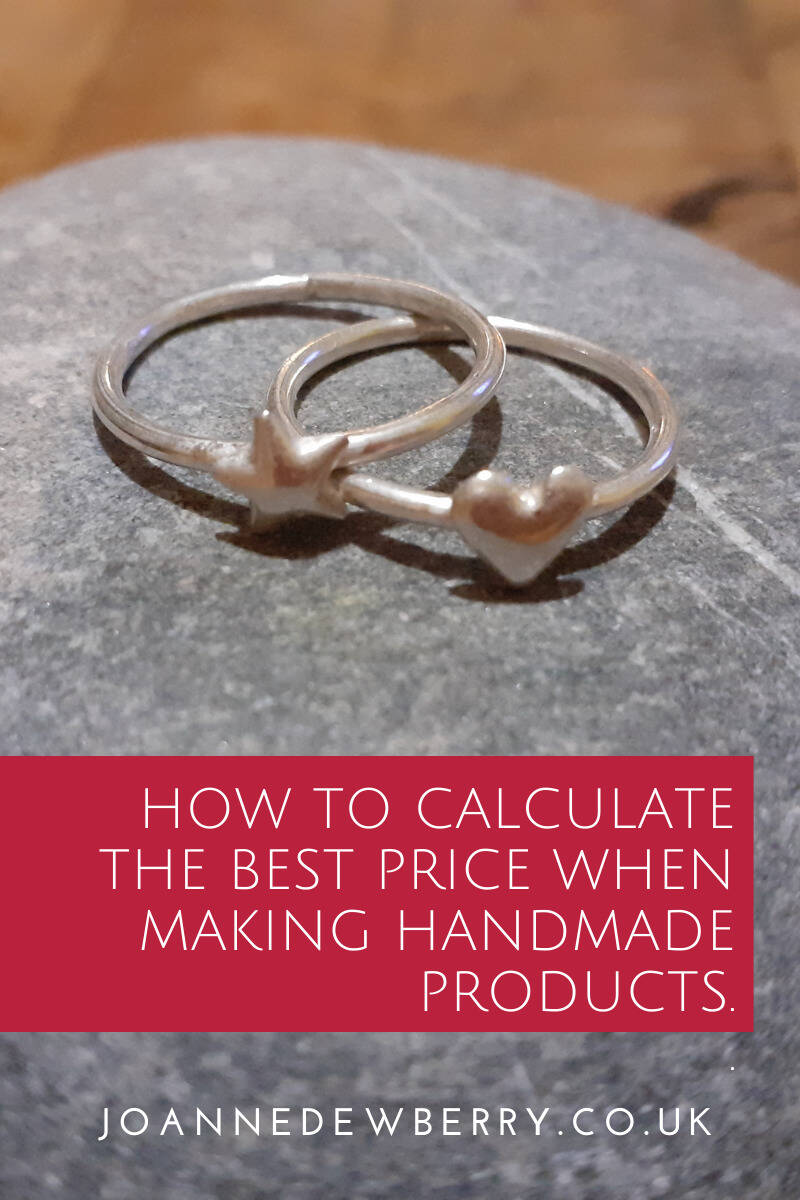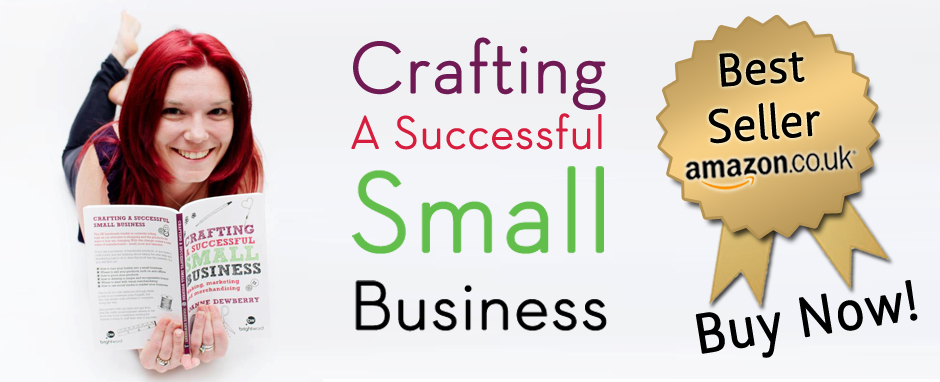With various lockdowns, furloughs, and stress levels at an all-time high, many of us have spent more time on our hobbies, and with that comes the sudden realisation you can’t move for finished projects!
Now I love seaglass. Random I know but I love walking along the beach collecting treasures to fill up bottles and mason jars. It turns out I’m not the only person who does this and I found a thriving Facebook community of people doing exactly the same. However, some of them are turning their finds into jewelry, pictures, cards, and guess what the same question pops up a lot “How do I calculate the price when making handmade products?”

When pricing your products you have to think about so many different things, including where you are selling your handmade products and what competitors are selling for. Don’t be swayed by people selling their handmade products at ridiculously low prices, they are usually hobbyists and not registered as a small business. “This can make it harder for those who play by the rules and, more importantly, know their product’s value. Do not be lured into lowering your prices – remember you are crafting a successful small business,“
How To Calculate The Best Price When Making Handmade Products:
What you need is a basic formula, which you can tweak as necessary – materials + time + overheads
Materials
Make a detailed list of the materials for each handmade product and how much/many is used. Use this to work out the cost of supplies per unit – for example, if 100 buttons cost you £1 and you use one button per product, button = 1p. Do this for every material used and add them all together this = cost of supplies per unit.
Time
You need to be paid for the time it takes to make the products. If you are not sure where to start the basic minimum wage (or even your current hourly rate) is a good place to start.
Overheads
Don’t overlook waste, shipping equipment, and advertising as well as utilities such as broadband, electricity, and packaging. You can so easily overlook the costs incurred with a nice box, tissue paper, bubble wrap, stickers, envelope, and stamp before you know it your profits are eaten into. So many craft businesses like to include innovative packaging, Tyler Packaging, for example, provides recyclable and compostable packaging solutions for those with an eco-friendly ethos. Where are you selling your handmade products? Don’t forget listing fees and transaction fees from sites such as PayPal and Etsy in your base unit calculations
materials + time + overheads = base unit cost
Now you know all of these costs, how do you calculate the best price when making handmade products?
base unit cost x2 = wholesale price (the price charged for a product sold in bulk to trade or distributor groups, which enables that shop to make a profit on the item)
wholesale price x2 = retail price (RRP) (the price your customer pays)
This is a very basic formula that you can tweak as necessary, also ensure that you regularly review your prices to stop any nasty surprises. Don’t forget that your USP (unique selling point) is that each item is handmade by you and not mass-produced, your price when making handmade products should and needs to reflect this.
For more information on how to price when making handmade products and how to develop a craft based business check out my book Crafting A Successful Small Business.
This post complies with my Disclosure Policy.
Found this useful wondering how you can show me your appreciation? Well, there are some ways you can say thanks and support my website: ➡
